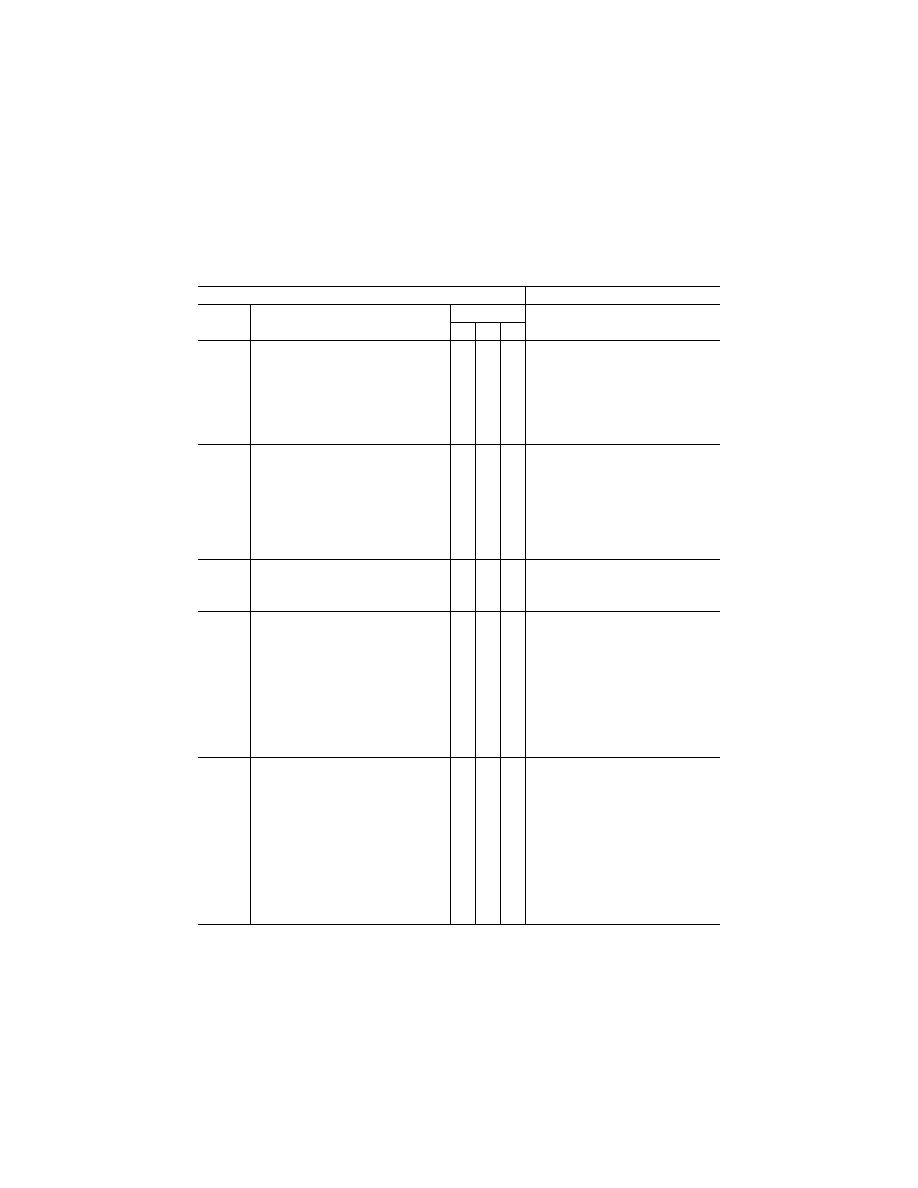
403
Federal Aviation Administration, DOT
Pt. 60, App. C
T
ABLE
C3D—F
UNCTIONS AND
S
UBJECTIVE
T
ESTS
—Continued
QPS requirements
Information
Entry No.
Motion system (and special
aerodynamic model) effects
Simulator level
Notes
B C D
9. ..............
Tire failure dynamics:
Procedure: Simulate a single tire failure and a
multiple tire failure
X
X
The pilot may notice some yawing with a mul-
tiple tire failure selected on the same side.
This should require the use of the pedal to
maintain control of the helicopter. Depend-
ent on helicopter type, a single tire failure
may not be noticed by the pilot and may not
cause any special motion effect. Sound or
vibration may be associated with the actual
tire losing pressure.
10. ............
Engine malfunction and engine damage:
Procedure: The characteristics of an engine
malfunction as prescribed in the malfunction
definition document for the particular flight
simulator must describe the special motion
effects felt by the pilot. Note the associated
engine instruments varying according to the
nature of the malfunction and note the rep-
lication of the effects of the airframe vibra-
tion
X X X
11. ............
Tail boom strikes:
Procedure: Tail-strikes can be checked by
over-rotation of the helicopter at a quick
stop or autorotation to the ground
X
X
X
The motion effect should be felt as a notice-
able nose down pitching moment.
12. ............
Vortex Ring State (Settling with Power):
Procedure: Specific procedures may differ be-
tween helicopters and may be prescribed by
the Helicopter Manufacturer or other subject
matter expert. However, the following infor-
mation is provided for illustrative purposes
* * * To enter the maneuver, reduce power
below hover power. Hold altitude with aft cy-
clic until the airspeed approaches 20 knots.
Then allow the sink rate to increase to 300
feet per minute or more as the attitude is
adjusted to obtain an airspeed of less than
10 knots
X
X
When the aircraft begins to shudder, the appli-
cation of additional up collective increases
the vibration and sink rate. One recovery
method is to decrease collective to enter
vertical autorotation and/or use cyclic inputs
to gain horizontal airspeed and exit from
vortex ring state.
13. ............
Retreating Blade Stall:
Procedure: Specific procedures may differ be-
tween helicopters and may be prescribed by
the Helicopter Manufacturer or other subject
matter expert. However, the following infor-
mation is provided for illustrative purposes:
To enter the maneuver, increase forward
airspeed; the effect will be recognized
through the development of a low frequency
vibration, pitching up of the nose, and a roll
in the direction of the retreating blade. High
weight, low rotor RPM, high density altitude,
turbulence or steep, abrupt turns are all con-
ducive to retreating blade stall at high for-
ward airspeeds
X
X
Correct recovery from retreating blade stall re-
quires the collective to be lowered first,
which reduces blade angles and the angle
of attack. Aft cyclic can then be used to
slow the helicopter.
VerDate Sep<11>2014
16:30 Jun 25, 2019
Jkt 247047
PO 00000
Frm 00413
Fmt 8010
Sfmt 8002
Q:\14\14V2.TXT
PC31
kpayne on VMOFRWIN702 with $$_JOB